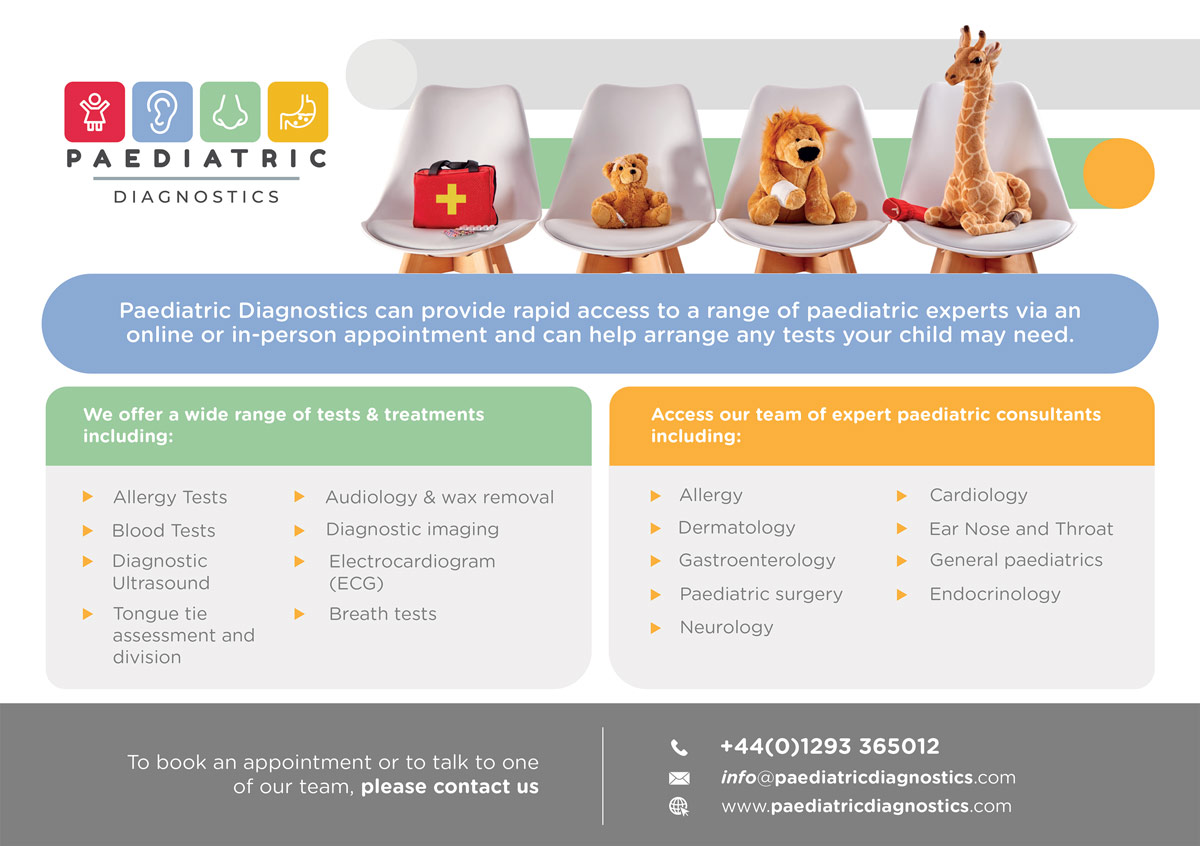Food Allergies and Intolerances in Children

Children’s Article by Dr Vinod Kolimarala (Consultant Paediatric Gastroenterologist)
Food allergies and intolerances are common in children, affecting roughly 1 in 13 kids in the UK. While both conditions involve reactions to food, they are different in nature.
Causes and Triggers: Food allergies occur when the immune system mistakenly identifies certain foods as harmful, leading to an allergic reaction. Common allergens include milk, peanuts, tree nuts, eggs, wheat, soy, fish, and shellfish. Food intolerances, on the other hand, usually result from the body’s inability to
properly digest certain foods.
Symptoms: Food allergies can cause a range of symptoms, from mild reactions like hives or vomiting to severe reactions like anaphylaxis, which can be life-threatening and requires immediate medical attention. Symptoms of food intolerances are generally less severe and include bloating, excess gas, diarrhoea, and abdominal pain.
Impact on Children: Both food allergies and intolerances can significantly impact a child’s life. Children with food allergies must be vigilant about avoiding certain foods, which can lead to anxiety and social challenges. Intolerances can cause discomfort and limit dietary options, affecting nutrition.
Treatment: Managing food allergies involves strict avoidance of allergens and access to emergency medication such as antihistamines or adrenaline injections in case of accidental exposure. Food intolerances are managed by limiting or avoiding the problematic food. It’s important for parents to work with healthcare providers to properly diagnose and manage these conditions.
Understanding food allergies and intolerances, recognising symptoms, and seeking appropriate treatment can significantly improve your child’s health and quality of life. If you suspect your child is affected, consult a healthcare professional for evaluation and advice on the
best treatment options.







